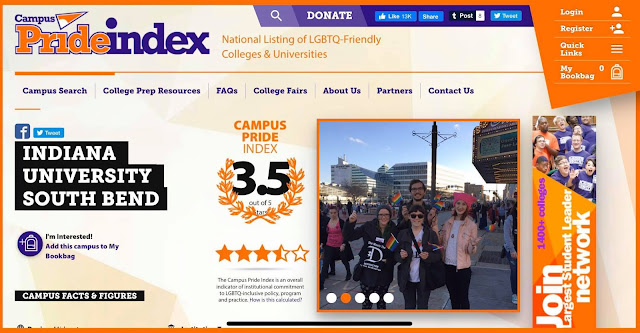Measuring Social Sustainability during COVID-19
(photo taken from https://newsroom.iza.org/en/archive/research/telework-increases-employees-stress-levels/ ) The other day I was browsing Facebook and sipping a cup of coffee, as I have done most mornings since the stay-at-home orders began, and I was struck by a headline I saw shared by a friend: " Early journal submission data suggest COVID-19 is tanking women's research productivity ." While this certainly wasn't the first piece about gender inequality during COVID-19 that I've seen being shared around social media, I had just happened to come across this one while finally beginning to process the ways in which my own research, courses, summer intensives, and conferences had been affected, if not cancelled. With a twinge of disappointment, I clicked... and I read. This article from Inside Higher Ed explains what many of us fellow women in academia knew was coming: as life moves rapidly back into the home, women researchers are no longer researching. They ...



